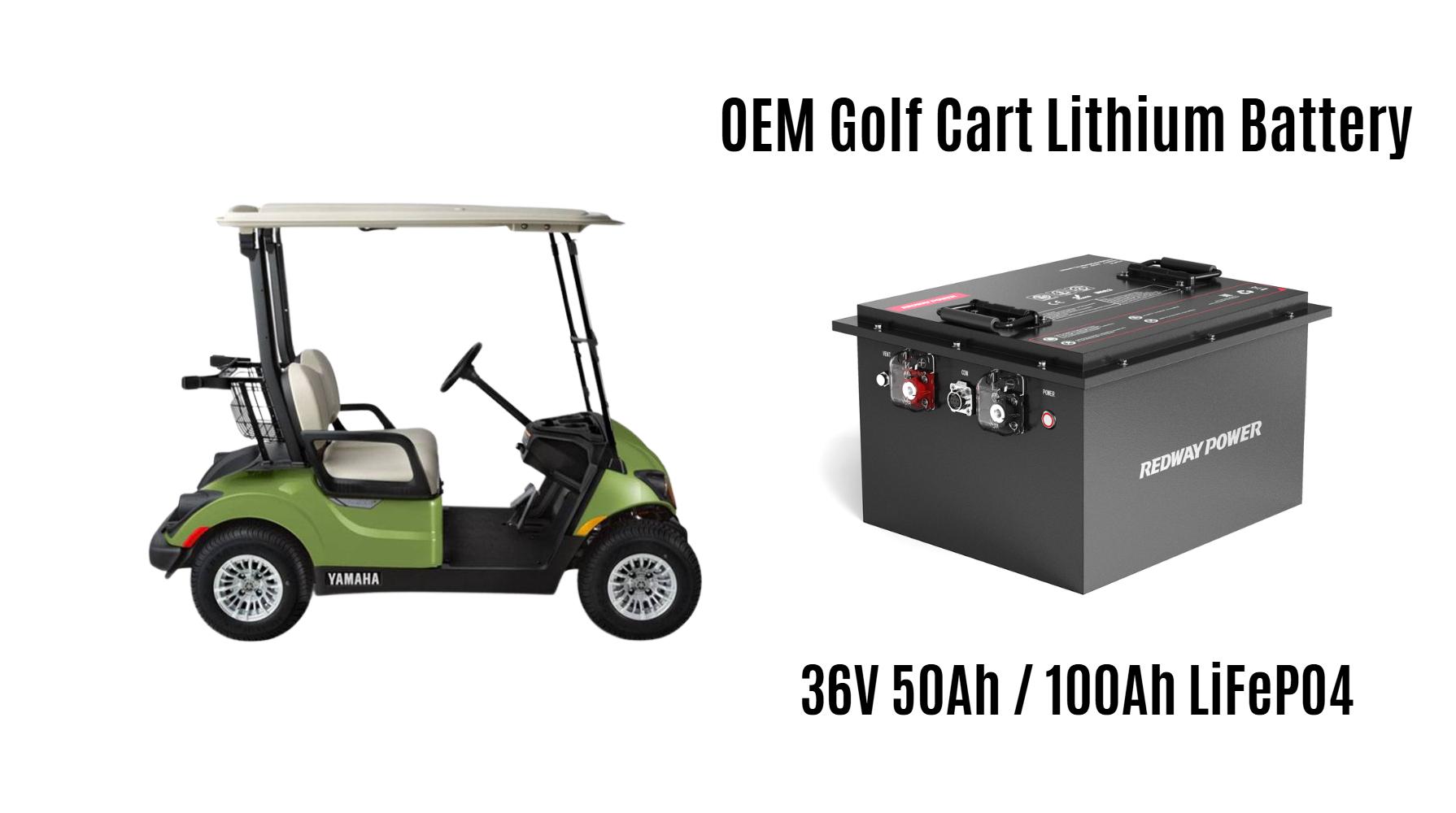What Are the Key Considerations for Data Center Battery Solutions?
Data center batteries provide critical backup power during outages, ensuring uninterrupted operations. Lithium-ion batteries dominate due to higher energy density, longer lifespan, and faster charging than traditional lead-acid alternatives. Key considerations include scalability, safety, cost-efficiency, and integration with renewable energy. Proper thermal management and sustainability practices are vital to optimize performance and reduce environmental impact.
How Do Data Center Batteries Ensure Uninterrupted Power Supply?
Data center batteries automatically activate during power failures, bridging gaps until generators stabilize. Lithium-ion systems respond within milliseconds, sustaining critical loads. Redundant configurations and real-time monitoring prevent downtime, while modular designs allow capacity adjustments. Advanced battery management systems (BMS) optimize charge cycles and detect faults, ensuring reliability in high-stakes environments.
Why Are Lithium-Ion Batteries Preferred Over Lead-Acid in Data Centers?
Lithium-ion batteries offer 2-3x longer lifespan, 50% less weight, and 30% faster charging than lead-acid. They tolerate higher temperatures, reducing cooling costs, and occupy 60% less space. Their higher upfront cost is offset by lower maintenance and replacement frequency. Enhanced cycle stability and energy density make them ideal for modern data centers prioritizing efficiency and scalability.
What Role Do Batteries Play in Renewable Energy Integration for Data Centers?
Batteries store excess solar or wind energy, smoothing supply fluctuations and reducing grid dependence. They enable load shifting during peak demand, cutting energy costs. Lithium-ion systems pair with microgrid controllers to balance renewable inputs and backup needs. This integration supports carbon-neutral goals while ensuring grid resilience during outages or renewable generation dips.
How Can Data Centers Mitigate Battery Thermal Runaway Risks?
Thermal runaway prevention requires multi-layered strategies: BMS with cell-level monitoring, liquid cooling systems, and fire-resistant enclosures. Strict temperature thresholds (25–35°C) and airflow management minimize heat buildup. AI-driven analytics predict degradation patterns, triggering maintenance before failures. UL-certified designs and segregated battery cabinets limit cascading failures, ensuring compliance with NFPA 855 safety standards.
What Are the Environmental Impacts of Data Center Battery Disposal?
Improper disposal of lithium-ion batteries risks soil and water contamination from cobalt, nickel, and lithium leakage. Recycling recovers 95% of materials, but global rates remain below 5%. Data centers adopt circular economy models, partnering with certified recyclers. Second-life applications repurpose retired batteries for grid storage, extending usability by 5–8 years before final recycling.
Can Modular Battery Systems Scale with Data Center Growth?
Modular lithium-ion systems allow incremental capacity expansions without downtime. Plug-and-play units sync via decentralized BMS, adapting to rack-level power needs. Scalability cuts upfront costs by 40% compared to fixed installations. Providers like Redway offer 100kW–10MW configurations, enabling seamless alignment with data center uptime tiers (Tier III to IV) and evolving IT loads.
Expert Views
“Data centers are transitioning from lead-acid to lithium-ion batteries not just for efficiency, but for adaptive scalability. Redway’s modular systems, for instance, let operators phase investments while meeting ASHRAE thermal guidelines. The next leap will be AI-driven predictive maintenance, slashing downtime risks by 70%.” — Redway Power Solutions Engineer
Conclusion
Data center batteries are evolving beyond backup roles to become grid-interactive assets. Lithium-ion dominates for its lifecycle efficiency, but success hinges on thermal management, recyclability, and modularity. Future systems will leverage AI and second-life applications to meet sustainability targets while ensuring 99.999% uptime. Strategic battery investments now fortify data centers against escalating energy demands and regulatory shifts.
FAQ
How Long Do Data Center Batteries Last?
Lithium-ion batteries last 10–15 years vs. 3–6 years for lead-acid. Lifespan depends on cycle depth, thermal conditions, and maintenance. Regular BMS updates can extend operational life by 20%.
Are Data Center Batteries Recyclable?
Yes. Lithium-ion batteries are 95% recyclable. Specialized facilities recover cobalt, lithium, and nickel. Redway partners with R2-certified recyclers to ensure compliance with global e-waste regulations.
What Is the Cost Difference Between Lead-Acid and Lithium-Ion?
Lithium-ion costs 2x upfront but offers 50% lower total ownership over a decade. Savings come from reduced replacement cycles, cooling, and space needs. ROI breakeven occurs within 4–5 years for high-uptime facilities.

